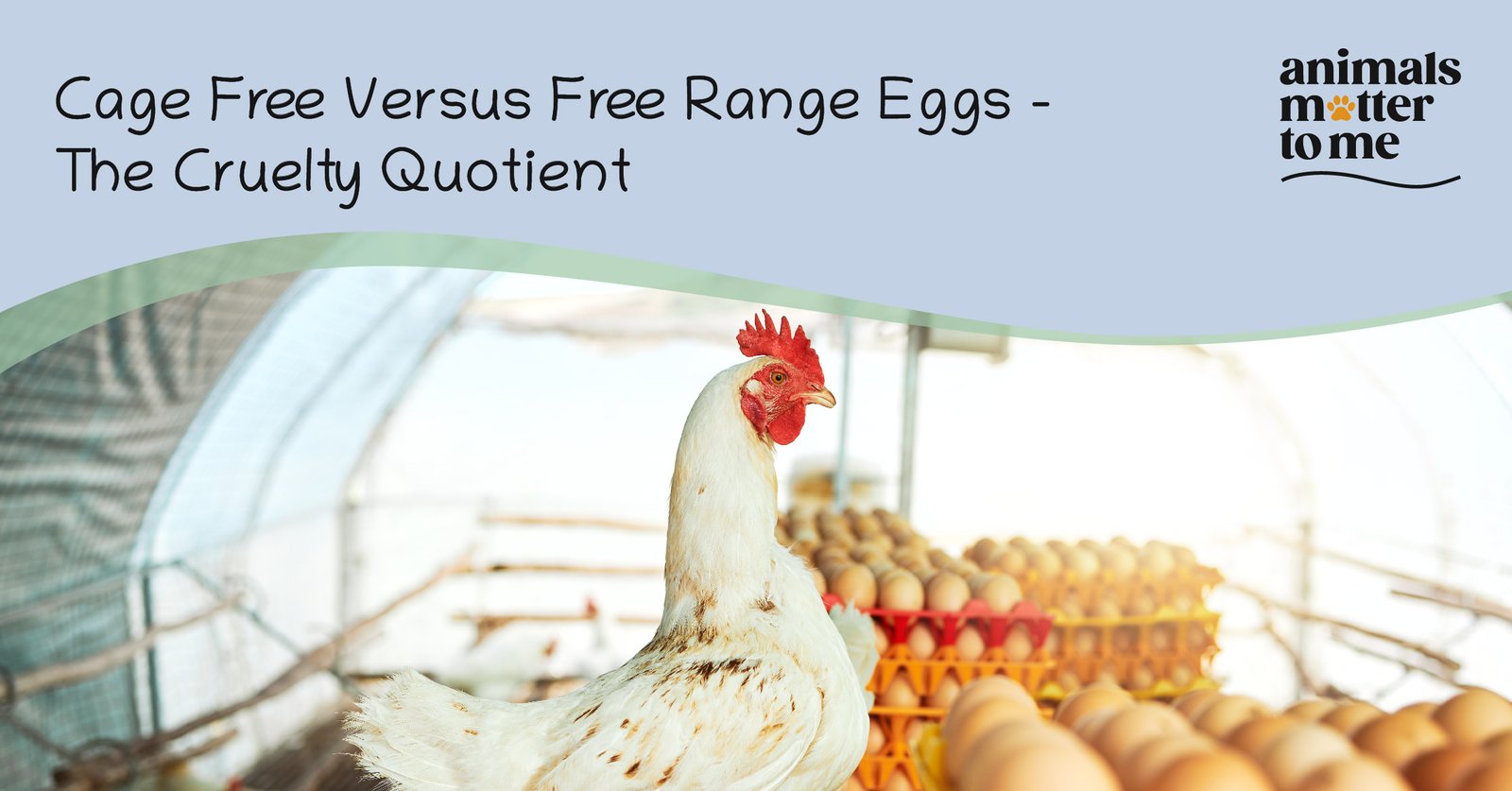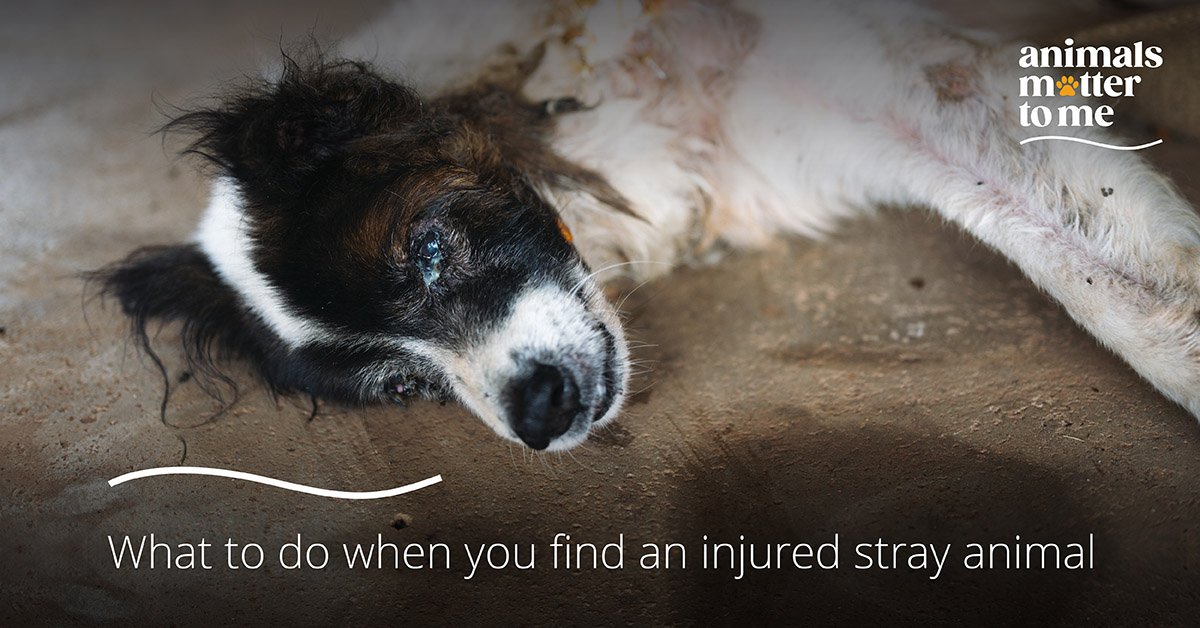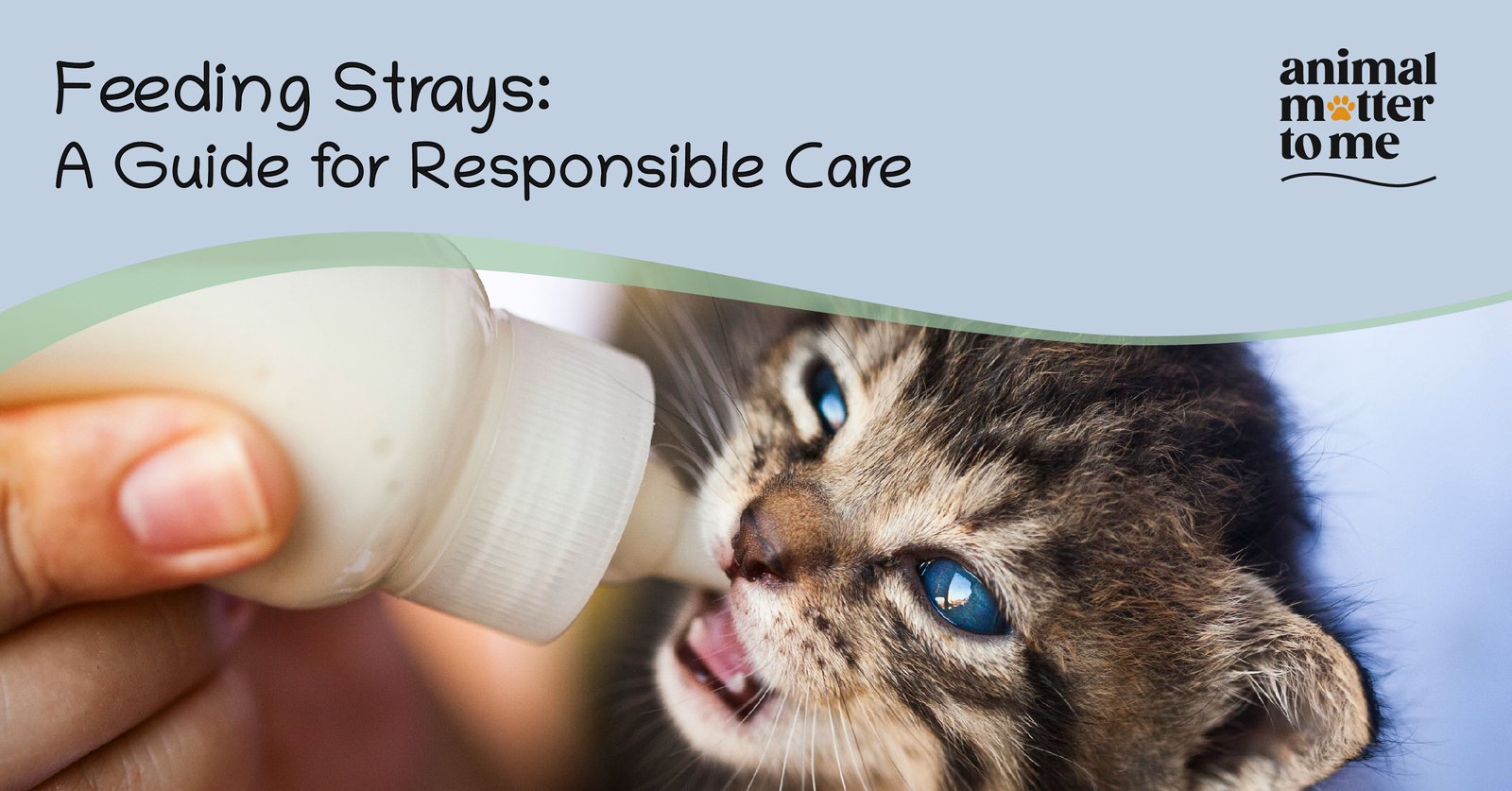Cage-free and free-range are terms used to describe different housing systems for egg-laying hens. The key difference between these lies in the living conditions and freedom of movement provided to the hens.
Cage-free eggs: Hens raised in a cage-free system are not confined to small battery cages. Instead, they are housed in larger indoor spaces such as barns or aviaries where they have more room to move, spread their wings, and engage in natural behaviours like perching and nesting. However, they are still kept indoors and may not have access to the outdoors.
Cruelty concerns: While cage-free systems offer better living conditions, compared to traditional battery cages, they still come with their own welfare challenges. Overcrowding can be an issue and hens may still face stress and aggression from other birds due to the confined space. They may also be subjected to beak trimming, which is a common practice in the egg industry to reduce feather pecking and cannibalism in crowded environments.
Free-range eggs: Hens raised in a free-range system have access to the outdoors in addition to indoor housing. They can go outside, roam around, peck at the ground, and enjoy more natural behaviours. The amount of outdoor access required to be labelled as “free-range” varies by location/country and certification of the farm but, generally, it means the hens will have some meaningful access to the outdoors.
Cruelty concerns: Free-range systems are generally considered to provide better welfare than cage-free systems. However, there are still challenges, especially in large-scale operations with thousands of birds. Access to the outdoors may be limited due to weather conditions and some hens may choose to remain indoors due to fear or a lack of familiarity with the outdoor environment.
It’s essential to note that while cage-free and free-range systems are improvements over battery cages, they still pose an assorted range of welfare issues. For higher animal welfare standards, consumers can look for “Pasture-Raised” or “Certified Humane” labels, which indicate more extensive outdoor access and higher standards of care for the hens. But, these certifications often have stricter requirements for space, living conditions, and outdoor access, which can offer better assurance of more humane treatment. However, even with these certifications, it’s essential to remember that no system is perfect, and individual farm practices can still vary.
Additionally, supporting local and small-scale egg producers who prioritise animal welfare can also make a positive difference in promoting more humane practices in the egg industry.




